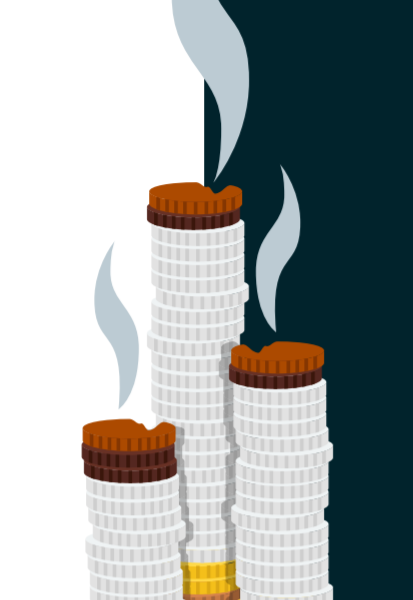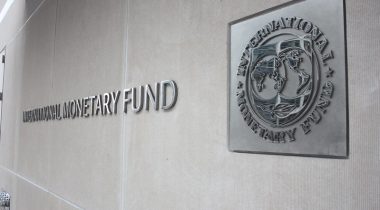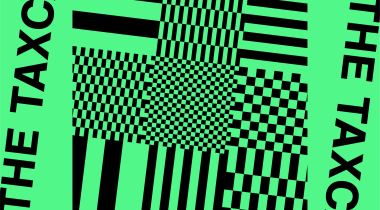
Liz Nelson ■ Tobacconomics: Measuring the value of cigarette taxes

Tobacconomics Scorecard Shines a Light on the Untapped Potential of Cigarette Taxes.
We are delighted to publish this guest blog by Erika D Siu, Project Deputy Director, Visiting Senior Research Specialist, Institute for Health Research and Policy, The University of Illinois. It illustrates the justice of, and the need for, re-pricing to limit public “bads” such as tobacco consumption and carbon emissions.
Tobacconomics — a group of researchers at the University of Illinois Chicago recently released the first edition of the international Cigarette Tax Scorecard assessing the performance of cigarette tax policies in over 170 countries. Using data from the World Health Organisation, the Scorecard assessment is based on four key components: cigarette price (using purchasing power parity dollars to compare price across countries), changes in the affordability of cigarettes over time, the share of taxes in retail cigarette prices, and the structure of cigarette taxes. Each of the four components is scored using a five-point index, with the total score reflecting an average of the four component scores.
The results show that globally, the overall performance of cigarette tax policies is quite low—especially given the magnitude of the economic and health losses related to tobacco use. Out of a maximum of five points, the global average score is only 2.07.

The Scorecard also reveals that low-income countries in particular stand to reap the most health and economic benefits by raising their tobacco taxes as they have very low tax shares of retail price. The higher the tax share, the more the government gains in revenue vis-a-vis the tobacco industry, which in most countries is dominated by transnational tobacco companies.

Evidence from around the world shows that higher taxes lead to higher prices and that these higher prices decrease overall tobacco use, lead current users to quit, prevent young people from initiating tobacco use, and reduce the negative health and economic consequences of tobacco use.
Tobacco tax increases have the greatest impact in reducing tobacco use among vulnerable populations, including young people and low-income populations. Tobacco use among young people is more sensitive to price increases than tobacco use among adults, which is particularly important given that nearly all tobacco users start during adolescence or as young adults.
Similarly, low-income tobacco users are more responsive to tax and price increases than higher income groups in addition to being more susceptible to the damaging health impacts of tobacco use because they often lack access to health care and services and/or are more likely to have other serious health problems. Faced with higher taxes and prices, these users are more likely to quit or reduce their tobacco use.
At the same time, increasing tobacco taxes generates new government revenues. Despite the reductions in tobacco use that follow tax increases, country experiences across the globe show that significant tobacco tax increases lead to increases in tobacco tax revenues. This happens because the reductions in tobacco use are less than the increase in price, given the addictive nature of the nicotine in tobacco products. The increases in government revenue can be used to fund public health and other sustainable development priorities. The WHO estimates, for example, that a cigarette tax increase of US$ 1 per pack would have raised between US$ 178-219 billion in 2018.
The simultaneous global health and economic crises caused by the COVID-19 pandemic have had devasting impacts on government budgets. Increasing tobacco taxes provides a logical first step for governments to raise revenue for economic recovery while promoting public health. Tobacco use—a slow-moving pandemic in itself—results in more than 8 million deaths and costs economies around US$ 1.4 trillion each year, with the burden falling heaviest on low- and middle-income countries. The Scorecard results show considerable untapped potential for cigarette tax increases to curb these costs and raise much needed revenue.
See also Tax Justice Network’s earlier report Ashes to Ashes.
Related articles

Ireland (again) in crosshairs of UN rights body

Tax policy and gender disparity: A call to action on International Women’s Day 2024

Policy research conference: How a UN Tax Convention can address inequality in Europe and beyond

The IMF’s anti-money laundering strategy review is promising, but it all comes down to implementation

Inequality Inc.: How the war on tax fuels inequality and what we can do about it

New Tax Justice Network podcast website launched!

People power: the Tax Justice Network January 2024 podcast, the Taxcast

As a former schoolteacher, our students need us to fight for tax justice
Submission to the UN Special Rapporteur on extreme poverty and human rights’ call for input: “Eradicating poverty in a post-growth context: preparing for the next Development Goals”
17 January 2024

